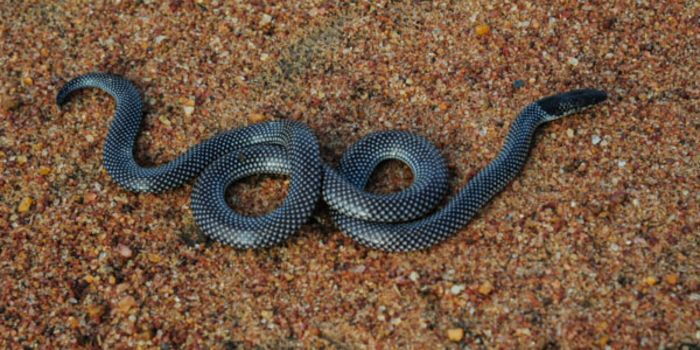
Reports indicate that the 3-year-old was walking around in the home compound when she saw the snake that had been burnt.
She mistakenly thought it was edible meat and went ahead to consume it leading to her untimely death.
It was later discovered that the young girl’s grandmother had killed the snake that had trespassed into the compound.

As the norm in the region, she burnt the snake but forgot the reptile’s charred remains in her home compound.
The young girl who hails from Kavuvwani Village in Mwingi Central died shortly thereafter after consuming the poisonous snake.
No foul play was suspected following the young girl’s unfortunate death.
Despite that, questions were raised about why the snake was left in the compound posing danger to the young children playing in the area.
“As a grown-up person, she knows even the bones are poisonous if you accidentally step on it, when people are burning snakes you have to dig a deep hole to make sure there’s only ash left,” a Kenyan questioned why the grandmother did not properly dispose of the snake.
Kitui County is one of the most affected regions in Kenya in relation to snake-related deaths.
Due to climate change, most snakes have been forced to come out of their habitats and seek food and water in homesteads.
Government reports indicate that the county registers around 1,000 snake bites annually against a total national average of 20,000.
“When there is a lot of rain, snakes are carried by floods to our homes. Snakes are in the mountains, when there are no rains, they come down to look for food,” a Kitui resident had stated in an earlier interview with Arise News.







